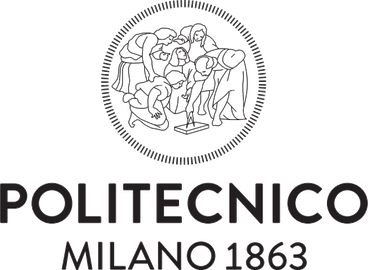Politecnico di Milano: Discovery Of A New Phase Transition In Quasi-Crystals
A team of researchers from the Politecnico di Milano and the University of Rostock (Germany) discovered and observed in the laboratory a new type of phase transition in a quasi-crystal made of laser light.
Quasi-crystals are structures that are not perfectly ordered, like crystals, but not completely disordered and are among the rarest structures in nature. In order to study their characteristics, the team of experimental physicists made in the laboratory a quasi-crystal with laser light that propagates in an intertwined manner in kilometre-long optical fibres: the complex dynamics of light in these fibres closely mirrors the quantum motion of electrons in the quasi-crystal. During the experiment, the researchers observed a triple phase transition, in which the topological properties, conductivity, and energy exchange between the quasi-crystal and its surroundings change abruptly but at the exact same time.
The discovery was published in the journal Nature and could pave the way for a holistic understanding of the inner workings of complex or engineered materials and their use in advanced phase-controlled materials-based applications.
The discovery of this new phase transition in quasi-crystals represents a breakthrough in the understanding of some fundamental phenomena of quantum matter. It may also pave the way for the development of a new technology and type of material unlike anything we have seen before, the properties of which we will be able to simultaneously control and modify at will. It would be a new form of matter much more flexible and controllable than the one we currently know about
explained Stefano Longhi, professor at the Department of Physics of the Politecnico and co-author of the study.

